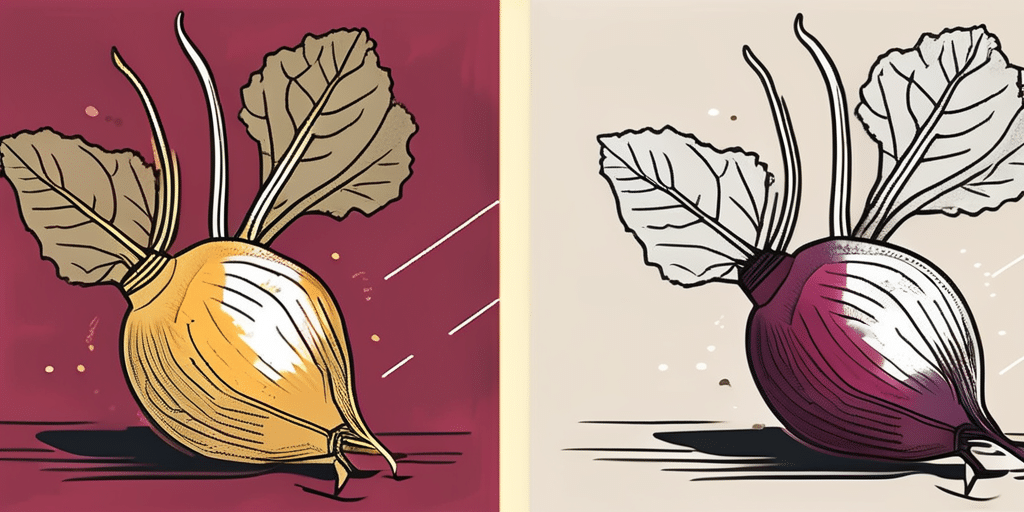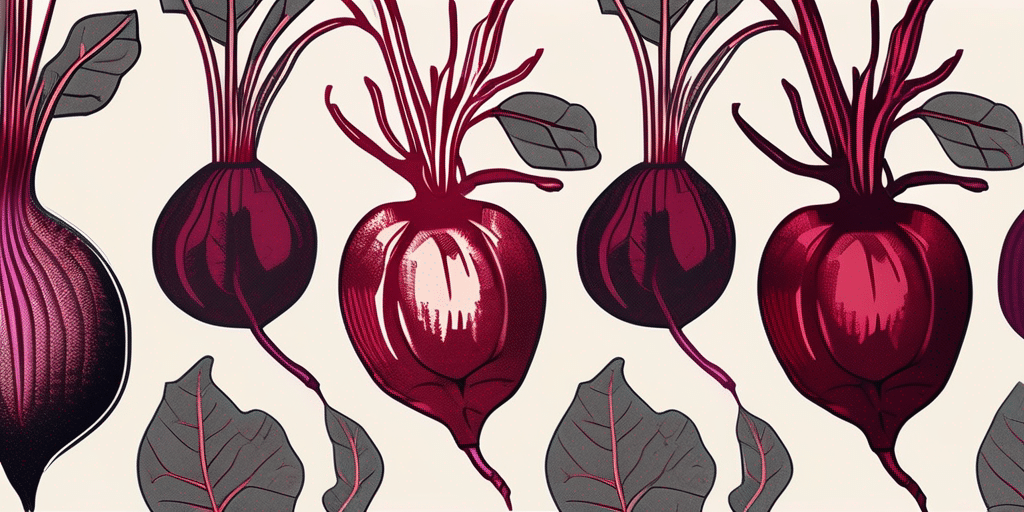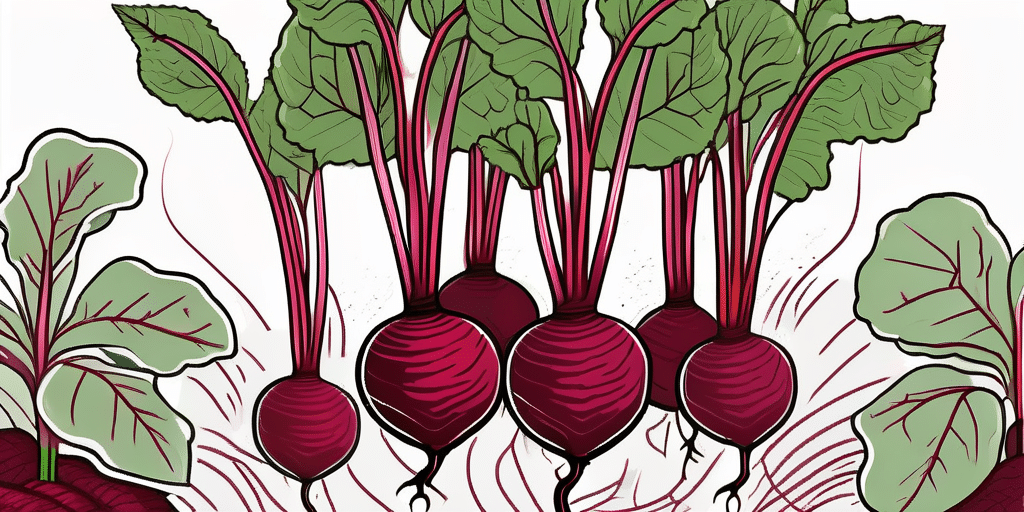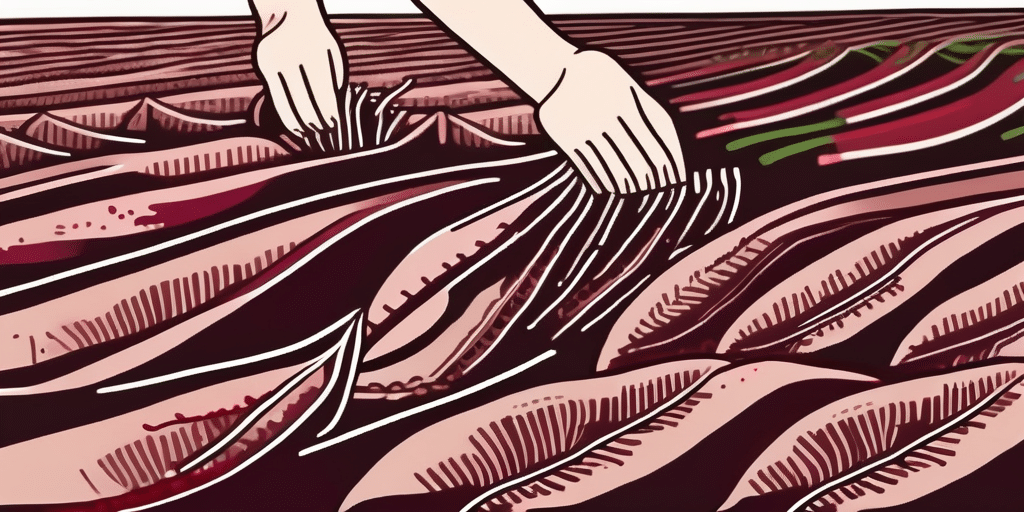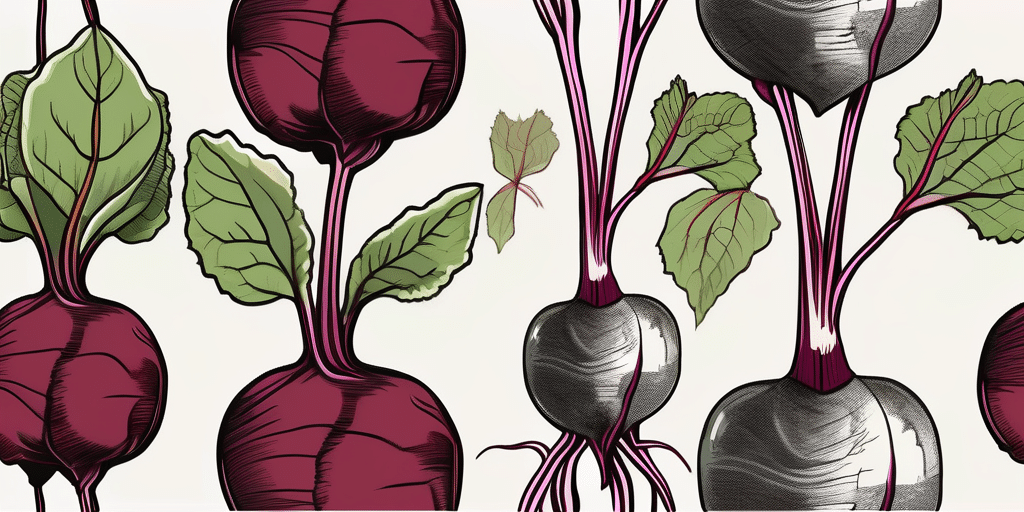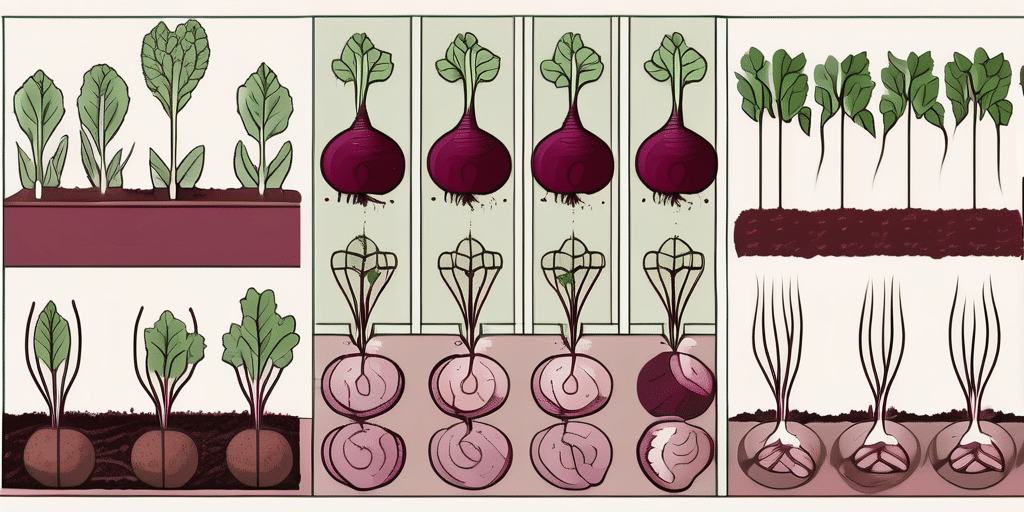Are you interested in growing Detroit Dark Red Beets in Zones 6a and 6b? These vibrant, nutritious vegetables can be a valuable addition to your garden. In this article, we will explore the best practices for planting and growing these delicious beets in your region. Let’s dig in!
Growing Detroit Dark Red Beets in Zones 6a and 6b
Before we dive into the specifics of planting and growing Detroit Dark Red Beets, let’s take a moment to understand their climate suitability and hardiness in Zones 6a and 6b.
Beets are a cool-season crop, thriving in temperatures between 55°F and 75°F. They prefer well-drained soil with a pH level between 6.0 and 7.0. In Zones 6a and 6b, the growing season varies but generally ranges from early spring to late fall.
Climate & Hardiness in Zones 6a and 6b
In Zones 6a and 6b, the climate is characterized by cold winters and warm summers. It’s important to note that beets can tolerate light frosts, but severe cold can damage their root development. Proper care should be taken to protect the plants during harsh winter months. Consider using mulch to insulate the soil and prevent freezing.
Moreover, the hardiness of Detroit Dark Red Beets allows them to withstand cooler temperatures, making them an excellent choice for Zones 6a and 6b.
When it comes to beets, their resilience and adaptability make them a reliable crop for gardeners in these zones.
When to Plant Detroit Dark Red Beets in Zones 6a and 6b
Timing is crucial when it comes to planting beets. To maximize your harvest, it’s essential to sow the seeds at the right time. In Zones 6a and 6b, you can start planting beets in both spring and fall.
For a spring crop, wait until the soil temperature reaches at least 40°F. Depending on the specific location within the zone, this typically occurs in March or April. Aim to plant the seeds four to six weeks before the last expected frost date. The average last frost date for Zone 6a is around mid-April, while for Zone 6b, it’s around late April.
If you wish to grow beets as a fall crop, plant the seeds approximately eight to ten weeks before the first fall frost date. In Zone 6a, this is usually in early October, while in Zone 6b, it’s in mid-October.
By carefully timing your planting, you can ensure that your beets have the best chance of thriving and producing a bountiful harvest.
When to Harvest or Pick Detroit Dark Red Beets in Zones 6a and 6b
After patiently tending to your beet plants, it’s time for the eagerly awaited harvest. Determining the perfect time to harvest beets involves assessing their size, appearance, and taste. Typically, Detroit Dark Red Beets reach maturity around 60 to 70 days after planting.
Here’s how you can tell if your beets are ready for harvest:
- The beets should have reached their desired size, usually around 1 to 3 inches in diameter. Remember, smaller beets are generally more tender and flavorful.
- The beet tops (also known as greens) should be lush and vibrant.
- Gently push the soil away from the top of the root to check its color. Detroit Dark Red Beets should have a deep, rich crimson hue throughout.
To harvest the beets:
- Begin by gently loosening the soil around the base of the plant using a garden fork or shovel.
- Grasp the beet top (greens) close to the root and gently wiggle it while pulling upward. This will remove the beet from the ground without damaging the root.
- After harvesting the beets, trim the greens, leaving about an inch of stems. This prevents moisture loss from the root and helps the beets stay fresh for longer.
Harvesting your beets at the right time ensures that you enjoy their optimal flavor and texture. So, take your time and savor the rewards of your hard work!
Frequently Asked Questions
1. Can I grow Detroit Dark Red Beets in containers?
Yes, you can! While beets prefer well-drained soil in a garden bed, they also grow well in containers. Choose a container that is at least 12 inches deep to accommodate their taproot and provide sufficient space for growth.
When selecting a container, consider using a lightweight material like plastic or fiberglass. This will make it easier to move the container around if needed. Additionally, make sure the container has drainage holes to prevent waterlogging, which can lead to root rot.
When planting beets in containers, use a high-quality potting mix that is rich in organic matter. This will provide the necessary nutrients for healthy growth. Beets also benefit from regular fertilization, so consider using a slow-release fertilizer or applying a liquid fertilizer every few weeks.
2. How often should I water my beet plants?
Beets require consistent moisture, especially during the germination and root development stages. Water your beet plants regularly, keeping the soil evenly moist. Avoid overwatering, as it can lead to rot and other issues.
One way to ensure proper watering is to use a drip irrigation system or a soaker hose. These methods deliver water directly to the soil, minimizing evaporation and reducing the risk of foliar diseases. If you prefer hand watering, aim to provide about 1 inch of water per week, adjusting based on weather conditions.
It’s also important to note that beets are sensitive to drought stress, which can result in tough and woody roots. To prevent this, mulch around the plants to retain moisture and regulate soil temperature.
3. What are some common pests and diseases that affect beets?
Beets can face challenges from pests such as aphids, leaf miners, and flea beetles. These insects can cause damage to the leaves and stems, affecting the overall health of the plant.
To prevent or manage these pests, consider using organic pest control methods such as introducing beneficial insects like ladybugs or using insecticidal soaps. Regularly inspect your plants for any signs of infestation and take action promptly.
In addition to pests, beets can also be susceptible to diseases like powdery mildew and damping-off. Powdery mildew appears as a white powdery coating on the leaves, while damping-off causes seedlings to wilt and die. To prevent these diseases, avoid overcrowding your plants and ensure proper air circulation by spacing them adequately.
4. Can I save and replant beet seeds?
Absolutely! Beets produce seeds, and if you allow some of the plants to bolt (go to seed) towards the end of the growing season, you can save the seeds for planting in the following year. Ensure the seeds are fully dry before storing them in a cool, dry place.
When saving beet seeds, it’s important to note that beets are biennial plants. This means that they typically flower and produce seeds in their second year of growth. To ensure successful seed saving, leave a few beets in the ground over winter to allow them to complete their life cycle.
Once the seed heads have dried and turned brown, carefully collect the seeds and remove any debris. Store the seeds in a labeled envelope or airtight container, and keep them in a cool, dry place until you are ready to plant them.
Now that you have all the necessary information, it’s time to get started on your Detroit Dark Red Beets journey. Happy planting and growing!
Join the How to Grow Everything Community
Ready to take your gardening skills to the next level? Subscribe for free to How to Grow Everything and learn how to build the garden of your dreams! Receive personalized gardening advice tailored to your specific location, grow zone, experience level, and interests. Our family is dedicated to helping you grow, with thousands of free articles at your fingertips. No spam, just the best gardening tips, special offers, and deals delivered straight to your inbox. Join our community today and grow with confidence!

